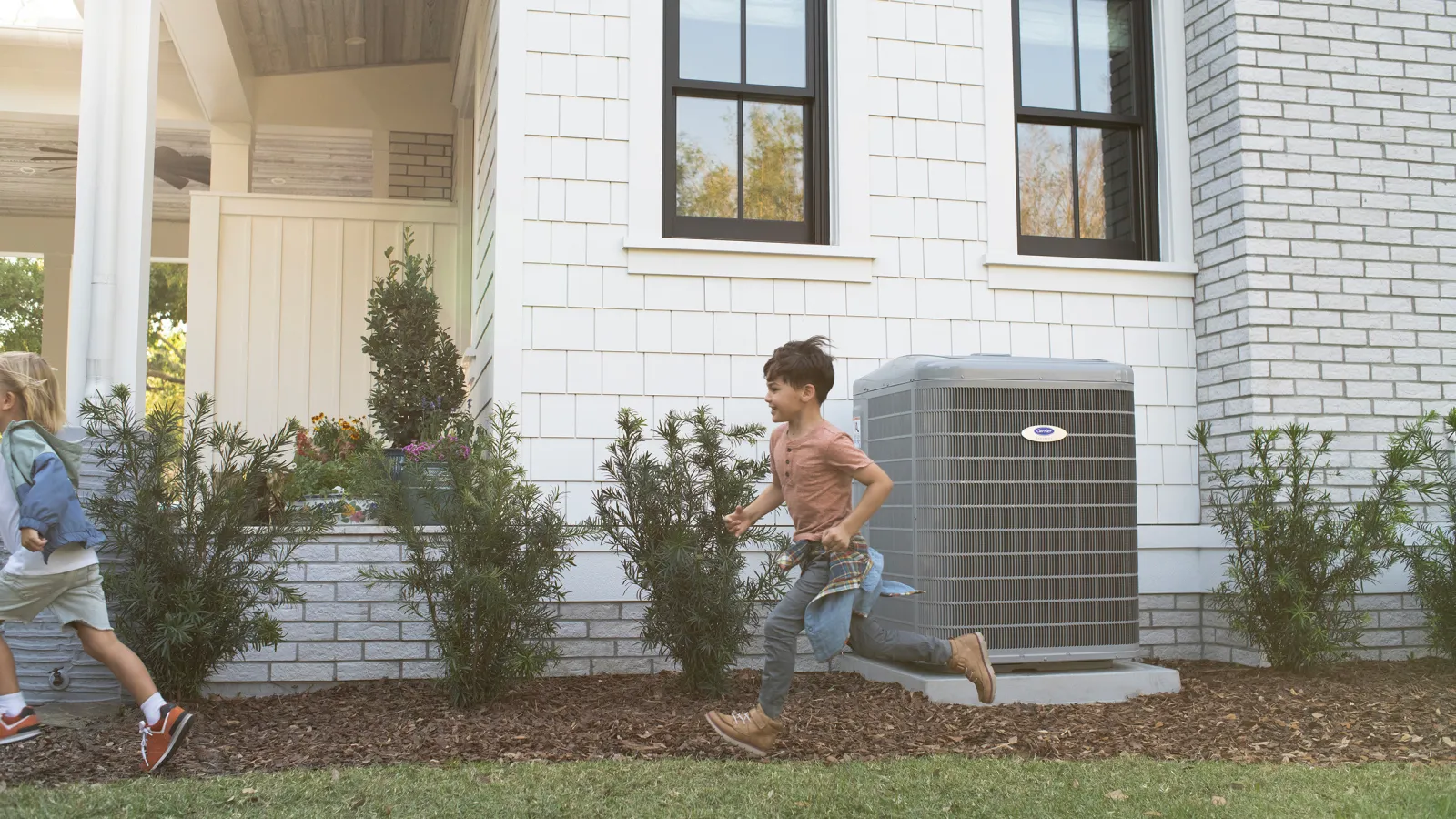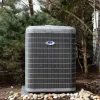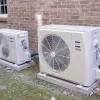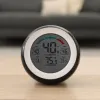Ok. You’re holding two or three quotes from different HVAC companies. All are for air conditioners with a SEER2 of 16. Some quotes are higher than others.
Should you just go with the least expensive option? If the quotes are otherwise apples-to-apples, you probably should.
But those quotes probably aren’t apples-to-apples.
The thing about getting multiple quotes for a lower SEER2 systems, such as 16 or even 14.3 SEER2, is that the real-world operating efficiency of the AC depends on factors other than the system’s SEER2 figure. SEER2 is just one metric for gauging the efficiency of a system. Other system features could make a similar – if not larger – impact on how much energy the AC actually consumes in the process of cooling your home.
And by “other system features,” we’re really talking about the blower type.
On/off blowers vs. variable speed blowers
If you’re like many homeowners replacing an HVAC system, you’re getting a new furnace at the same time you’re getting a new AC. And if you have a heat pump system, you’re almost certainly getting a new air handler with that AC.
The type of furnace blower or air handler you pair with your air conditioner has an enormous impact on the efficiency of the unit and how comfortable it makes your home.
Typically, you will have a choice between two different types of blowers:
- Standard, on/off blower: This type of blower turns on when the indoor temperature exceeds the thermostat setting and turns off when the thermostat setting is satisfied; it always runs at a fast speed when it’s on.
- Variable speed blower: With this type of blower, the fan usually runs at a slower speed and ramps up any time a lot of power is needed to meet the home’s cooling and humidity needs; it runs at a range of different speeds, from very slow to very fast.
The difference in overall efficiency between the two blower types is huge! On/off blowers always run at a fast speed and they turn on and off more frequently than variable speed blowers. In systems with a variable speed blower, the blower speeds up and slows down to align with the home’s cooling needs. In doing so, the blower also uses less power as the air conditioner cycles on and off.
This is true regardless of an AC’s SEER2. A 16 SEER2 AC with a variable speed blower will have lower operating costs than a 16 SEER2 AC with an on/off blower.
Better efficiency is only the beginning
In addition to improved efficiency, variable speed blowers also offer better dehumidification and comfort than standard blowers.
In a properly installed and configured system with a variable speed blower, the AC will run for longer cycles at a slower blower speed than with a standard on/off system. As a result, the system does a much better job of removing humidity – something that makes a big impact on comfort here in the Atlanta region!
Any time you pair one of these systems with the manufacturer’s communicating thermostat, you also get dedicated dehumidification controls. So when your home’s relative humidity (RH) rises above a certain threshold (55% RH, for example), the dehumidification mode will kick in to remove additional moisture from the air. As a result, you feel less sweaty and clammy than you would with a standard on/off system, which won’t remove as much moisture.
These benefits aren’t available with standard on/off systems at all. Your 16 SEER2 standard system simply isn’t comparable to a 16 SEER2 system with a variable speed blower!
So: Better efficiency and better comfort. That’s what we’re talking about when we say the two “aren’t created equal.”
The catch? Upfront costs for an AC with a variable speed blower will be higher than for the system with an on/off blower. The quote for a 16 SEER2 unit with a variable speed blower will be higher.
Note that variable speed blowers aren’t the same thing as variable speed air conditioner compressors. The semantics can be confusing!
The variable speed blower should be your first upgrade when selecting a new system
We’ve worked with many homeowners who are considering a 14.3 or 16 SEER2 air conditioning system but think they might want to pay a little more for better efficiency. In situations like this, we don’t steer them toward 18 or 19 SEER2 air conditioners. We actually suggest selecting a variable speed blower as the next efficiency upgrade.
To be sure, an 18 SEER2 unit with a variable speed blower will be more efficient than a 16 SEER2 unit with a variable speed blower. But a 16 SEER2 unit with a variable speed blower offers significantly lower operating costs and significantly better comfort than a 16 SEER2 unit with an on/off blower.
In addition, a system with a variable speed blower will also have a 2-stage gas valve when paired with a gas furnace. Much like the blower ramps up and down to match your home’s cooling needs, the 2-stage gas valve can operate at a lower stage during the heating season, only advancing to the higher stage when your home really needs it. This leads to significant comfort improvements in winter, more consistent temperatures throughout your home, and better heating efficiency.
The overall takeaway here is that SEER2 is not the end-all, be-all efficiency metric for an air conditioner. It’s important, but there are other efficiency factors to consider as well.
Which 16 SEER2 system makes the most sense for your home?
If lower upfront costs are important to you, a standard on/off furnace is probably the right choice. Just know that the trade-off is higher long-term operating costs and somewhat less comfortable conditions during the summer.
On the other hand, if you’re looking for an efficiency upgrade beyond what the most basic 14.3 or 16 SEER2 systems have to offer, go with a variable speed blower! The upfront cost will be higher, but you’ll enjoy a more efficient system and better summertime humidity management.
Owner






